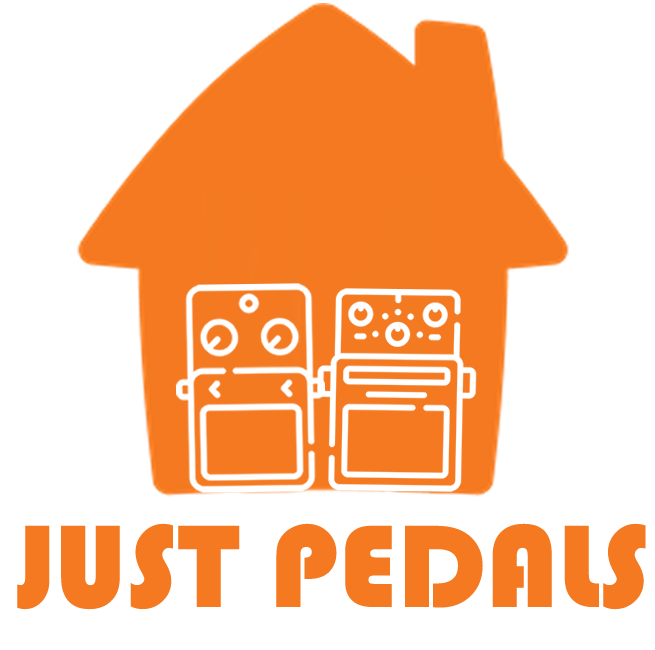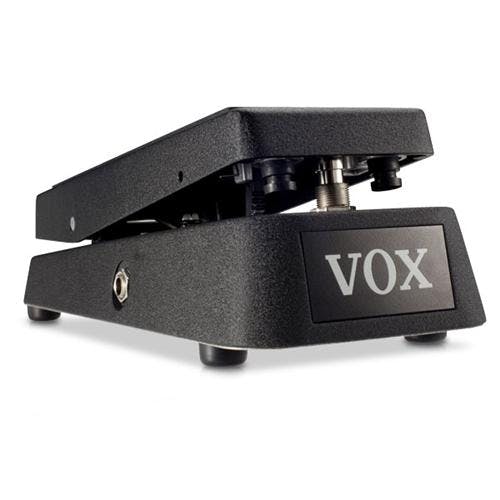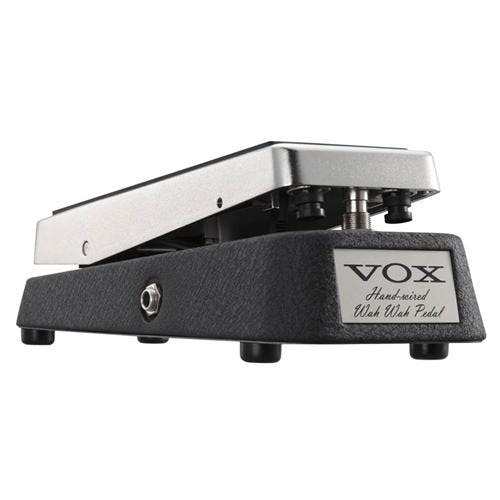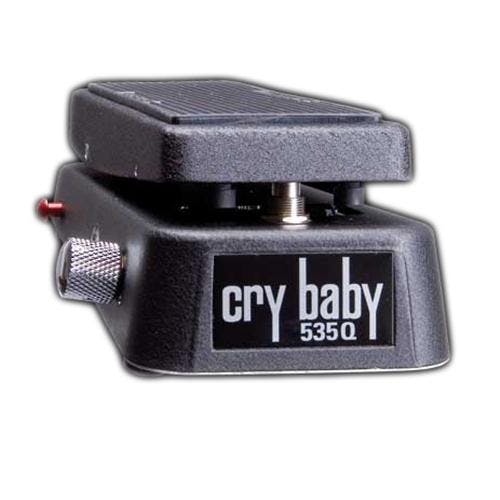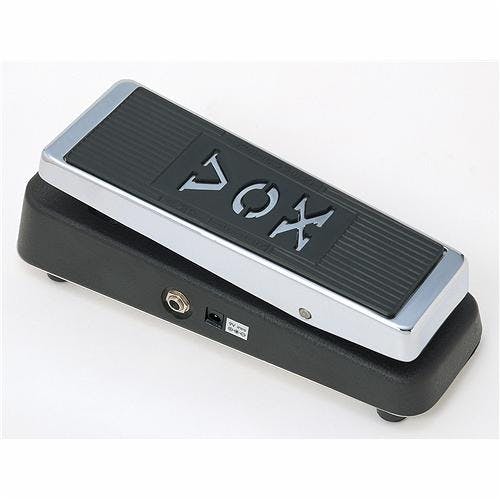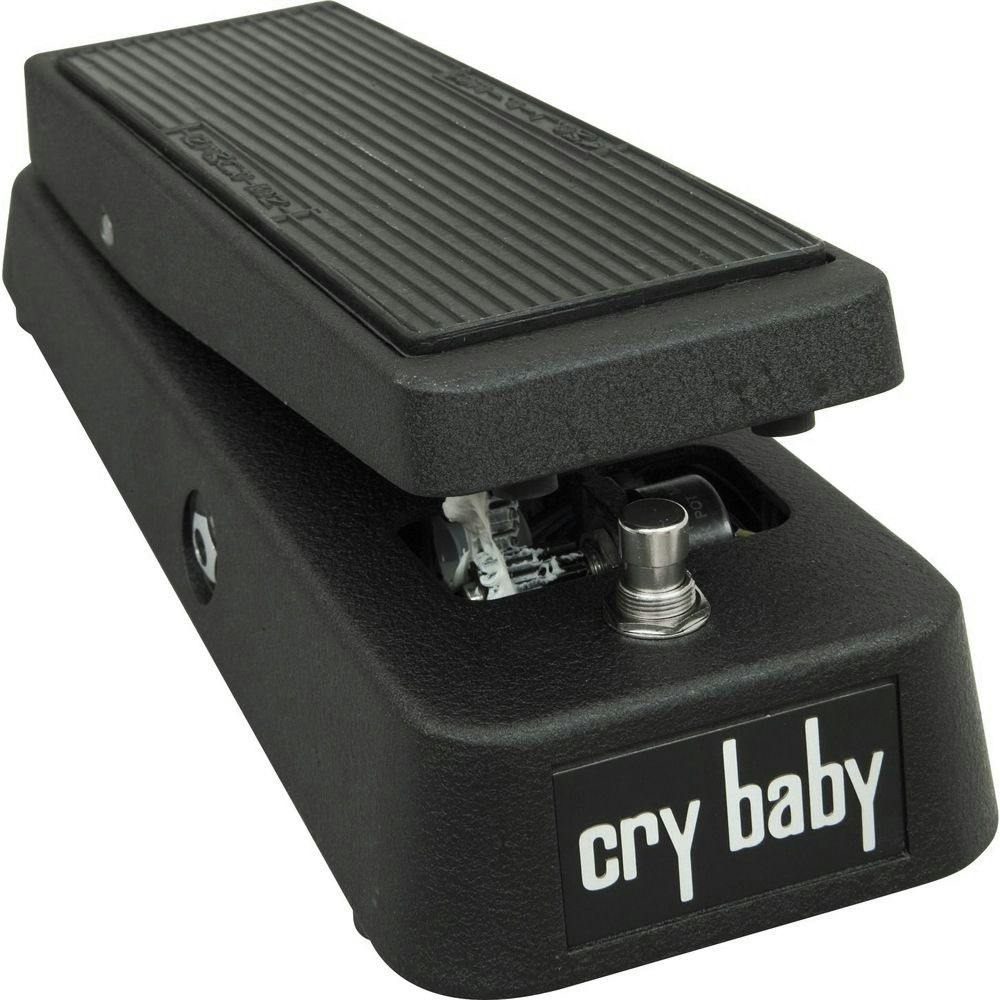just a load of Wah Video – VOX V847 Wah vs Crybaby Classic wah guitar effects pedal shootout with SG & Jaguar jr amp
Wah Video – VOX V847 Wah vs Crybaby Classic wah guitar effects pedal shootout with SG & Jaguar jr amp
BOSS BD-2W Waza Craft Blues Driver, The Ultimate BOSS TOne Experience
£173.00 £136.00
Passionately designed by the master engineers at BOSS in Japan, the Waza Craft BD-2W delivers a premium stomp experience that fans of customized pedal tone will love. Crafted with an ear for highly refined sound, the BD-2W takes the classic Blues Dri… read more
Behringer Dual Analog Phase Shifter DUAL-PHASE
£133.56 £99.98
Classic dual phase shifter for keyboards, guitar, drum machines and other sound sources Authentic recreation of the popular phase shifter from the ‘70s 12 opto-couplers for deep and natural phasing effects 2 independent phasors with Depth and Feedbac… read more
Behringer COMPRESSOR/SUSTAINER CS400 Ultimate Dynamics Effects Pedal, Green
£24.90
Smooth, Consistent Tone: Compress dynamic range by softening peaks and boosting quieter signals, ensuring every note maintains steady, velvety sustain Precise Control: Dial in the perfect compression with dedicated Attack, Sustain, Level, and Tone co… read more
FLAMMA FC05 Mini Modulation Pedal with Chorus Flanger Tremolo Phaser Vibrato Rotary Liquid Autowah Stutter Ring LowBit
£35.99
11 high-quality classic modulation effects: Chorus, Flanger, Tremolo, Phaser, Vibrato, Rotary, Liquid, Auto wah, Stutter, Ring, Low bit. Full metal shell design makes it more durable. Tiny size makes it compact and portable. Bright color brings energ… read more
SONICAKE Passive Volume Pedal Mini Expression Guitar Effect Pedal 2 in 1 Vexpress
£42.00 £35.99
Passive Volume Control/Expression Control 2 functions in 1 Pedal. Automatically Detect the Functionality (Volume or EXP Control). Working with Guiar, Bass, Keyboard, Synthesizer, Workstation, Controller, etc. Working without Battery or Pedal Power Su… read more
Valeton GP-5 Super Compact Multi-Effects Processor & NAM/IR Loader Pedal
£65.00
Ultimate Tone & Portability: Combines studio-grade HD effects with a compact stompbox design, delivering over 100 organic effects and 9 customizable modules for seamless pedalboard integration. NAM & IR Compatibility: Load up to 80 Neural Amp Modeler… read more
